Why Polyphenol-rich Foods Protect Your Liver
Polyphenols are a family of compounds found in plant-based foods that are linked together by their structural biochemical properties but even more saliently by the growing body of evidence demonstrating their undeniable value to human health and flourishing.
That’s a mouthful of an introductory sentence, but polyphenols deserve it.
The goal of today’s article?
To help you understand why.
Here’s how we’ll do that in two steps:
Step 1 – Explain why polyphenols are so good for liver health & fatty liver
Step 2 – Teach you the easiest way to get way more in your diet
Let’s get to the good stuff.
Polyphenol Intake & Fatty Liver Disease
To fully appreciate the benefits of dietary polyphenols, we must first reiterate that fatty liver disease is generally caused and then precipitated by a few key metabolic failings.
These include:
For each physiological concern above, I’ve referenced scientific literature supporting the role of polyphenol compounds in fighting back.
What I’m about to say next should now be less surprising.
Just last month, Scientific Reports published a fresh off-the-press paper demonstrating that individuals who consumed the most total dietary polyphenols have a significantly lower risk of fatty liver disease than those who consumed the least.
So, how can you be the person who consumes polyphenols at the highest level possible with the least effort?
We’re about to find out.
Practical Polyphenols – How To Optimize Your Intake
The easiest way to improve your diet's polyphenol content is to understand which commonly available foods have an above-average amount of these delightful liver-friendly compounds.
Here are my recommendations:
- Dark Chocolate/Cacao
- Pecans/Hazelnuts
- All Berries
- 100% Whole Grain Wheat/Rye
- Ground flaxseed*
- Artichoke
*Flaxseed contains a unique polyphenol type known as lignans, which may offer extra liver benefits
Here’s what to do with those recommendations:
- When having yogurt, oatmeal, smoothies, or cereal, Adorn these or similar creations with cacao or dark chocolate, ground flax, fresh or frozen berries, and pecans or hazelnuts.
- Make sure your wheat products and flours are 100% whole grain. Look for the words 100% whole grain on the package or “ whole grain whole wheat/rye flour” as the first ingredient on the list.
- Challenge yourself to prepare an artichoke* - Here’s an easy-to-follow recipe from Elise Bauer at Simply Recipes. Don’t be afraid to use jarred or canned versions of artichoke if needed; you can easily prepare either via pan or air frying using your favorite seasoning and perhaps olive oil – which contains phenolic acid polyphenols that may be extra good for your liver.
Why Do I Want You To Eat More Artichoke?
Artichoke is, in my mind, the most liver-friendly food that you probably don’t eat regularly.
It may be the quintessential food for liver health because, beyond its incredibly high net polyphenol content, artichoke is also the single richest source of unique liver-friendly compounds known as flavones and a significant amount of microbiome-friendly prebiotic fiber.
Bonus: Polyphenol-rich Spice Blend
Many people don’t realize just how important herbs and spices are for human health.
For example, a 2021 human trial out of the American Journal Of Clinical Nutrition demonstrated that increased use of herbs and spices measurably lowered inflammatory markers.
But that’s not all.
Certain herbs and spices, which you can easily acquire and combine, are very high in polyphenols.
Here are my polyphenol-packed picks:
- Cloves
- Sage
- Rosemary
- Thyme
- Oregano
- Basil
Don’t feel like getting these spices individually and combining them together?
Curry powder is your best bet for a pre-assembled spice blend that is also polyphenol-packed.
Final Thoughts
The foods and ingredients discussed in today’s post represent your path of least resistance toward significantly increasing your weekly exposure to polyphenols.
I suggest using today’s information as grocery store and recipe inspiration while also acknowledging that these aren’t the only foods that will help improve liver health—even if they probably have an above-average ability to do so.
Finally, many other foods contain polyphenols, and while they may not contain as much as the foods I’ve identified today, clearly they are also excellent choices that provide you with more options on your journey towards better liver health.
- Alves-Santos, A. M., Sugizaki, C. S. A., Lima, G. C., & Naves, M. M. V. (2020). Prebiotic effect of dietary polyphenols: A systematic review. Journal of Functional Foods, 74, 104169. https://doi.org/10.1016/j.jff.2020.104169
- Annuzzi, G., Bozzetto, L., Costabile, G., Giacco, R., Mangione, A., Anniballi, G., Vitale, M., Vetrani, C., Cipriano, P., Della Corte, G., Pasanisi, F., Riccardi, G., & Rivellese, A. A. (2014). Diets naturally rich in polyphenols improve fasting and postprandial dyslipidemia and reduce oxidative stress: a randomized controlled trial. The American journal of clinical nutrition, 99(3), 463–471. https://doi.org/10.3945/ajcn.113.073445
- Bauer, E. (2024, March 8). Demystifying artichokes: Here’s how to cook and eat one. Simply Recipes. https://www.simplyrecipes.com/recipes/how_to_cook_and_eat_an_artichoke/
- Pérez-Jiménez, J., Neveu, V., Vos, F., & Scalbert, A. (2010). Identification of the 100 richest dietary sources of polyphenols: an application of the Phenol-Explorer database. European journal of clinical nutrition, 64 Suppl 3, S112–S120. https://doi.org/10.1038/ejcn.2010.221
- Petersen, K. S., Davis, K. M., Rogers, C. J., Proctor, D. N., West, S. G., & Kris-Etherton, P. M. (2021). Herbs and spices at a relatively high culinary dosage improves 24-hour ambulatory blood pressure in adults at risk of cardiometabolic diseases: a randomized, crossover, controlled-feeding study. The American journal of clinical nutrition, 114(6), 1936–1948. https://doi.org/10.1093/ajcn/nqab291
- Rahimlou, M., Baghdadi, G., Khodi, A., Rahimi, Z., Saki, N., Banaei Jahromi, N., Cheraghian, B., Tavasolian, R., & Hosseini, S. A. (2024). Polyphenol consumption and Nonalcoholic fatty liver disease risk in adults. Scientific reports, 14(1), 6752. https://doi.org/10.1038/s41598-024-57416-0
- Rudrapal, M., Khairnar, S. J., Khan, J., Dukhyil, A. B., Ansari, M. A., Alomary, M. N., Alshabrmi, F. M., Palai, S., Deb, P. K., & Devi, R. (2022). Dietary Polyphenols and Their Role in Oxidative Stress-Induced Human Diseases: Insights Into Protective Effects, Antioxidant Potentials and Mechanism(s) of Action. Frontiers in pharmacology, 13, 806470. https://doi.org/10.3389/fphar.2022.806470
- The top 100 foods high in polyphenols. Nutrition Advance. (2024, March 26). https://www.nutritionadvance.com/nutrition/top-food-sources-polyphenols/
- Williamson, G., & Sheedy, K. (2020). Effects of Polyphenols on Insulin Resistance. Nutrients, 12(10), 3135. https://doi.org/10.3390/nu12103135


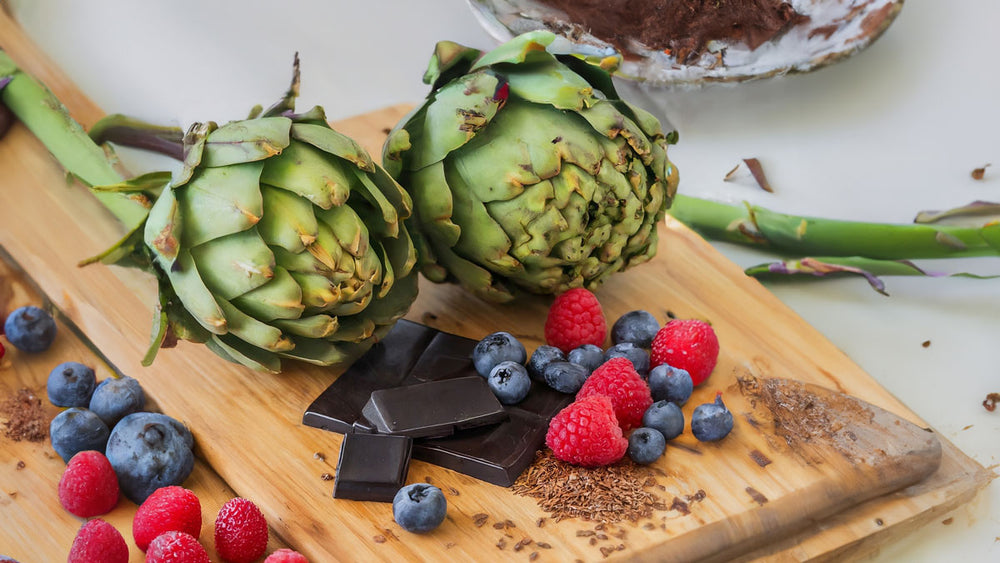
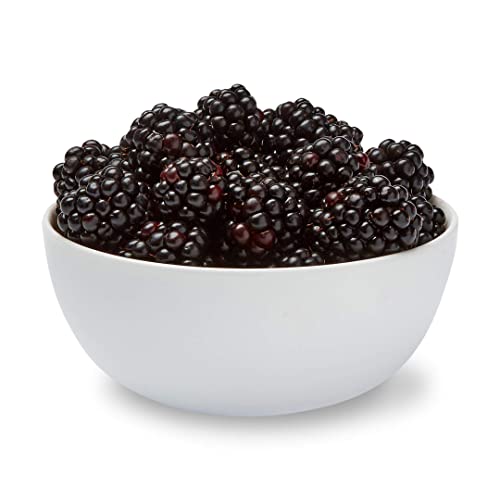
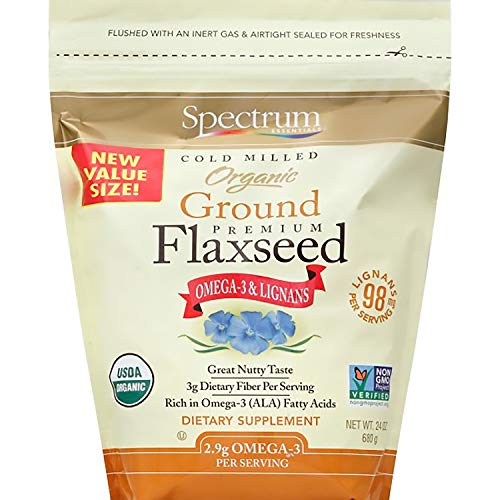

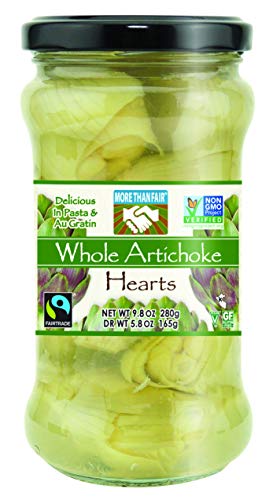

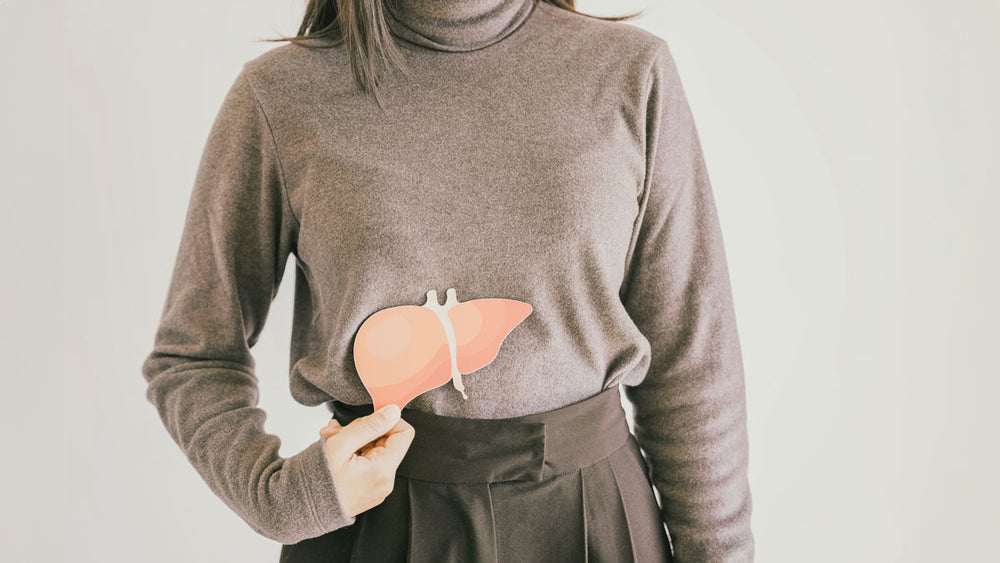
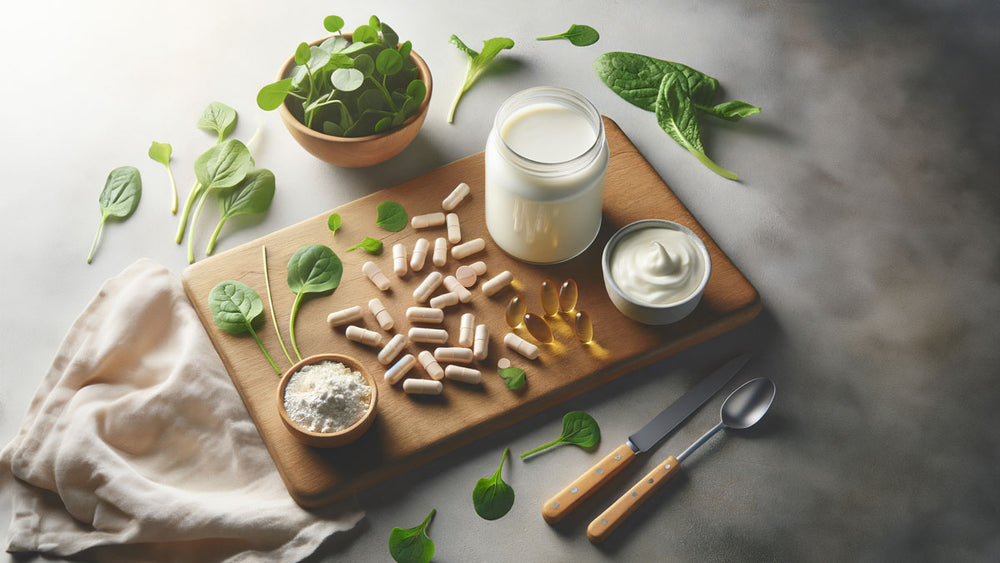
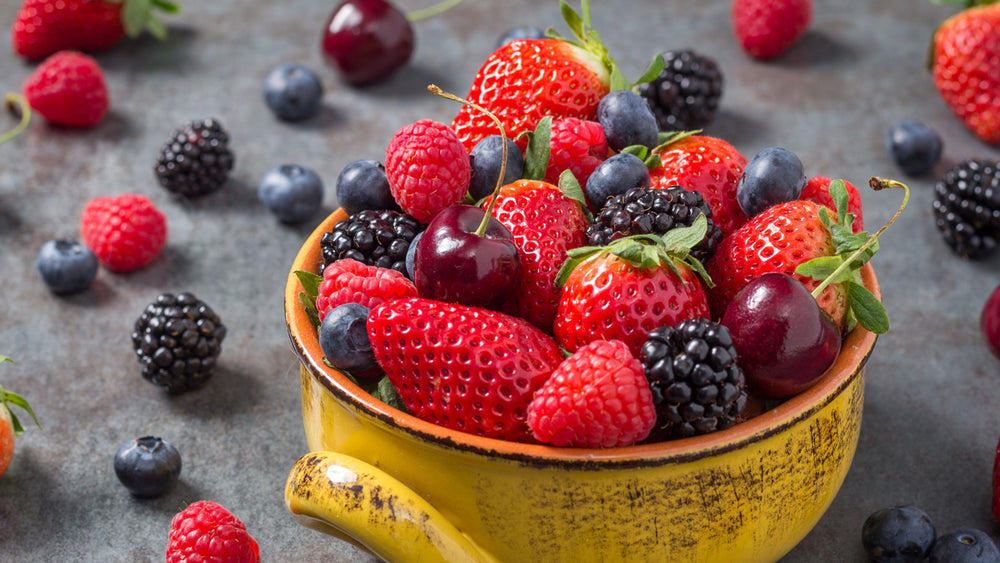
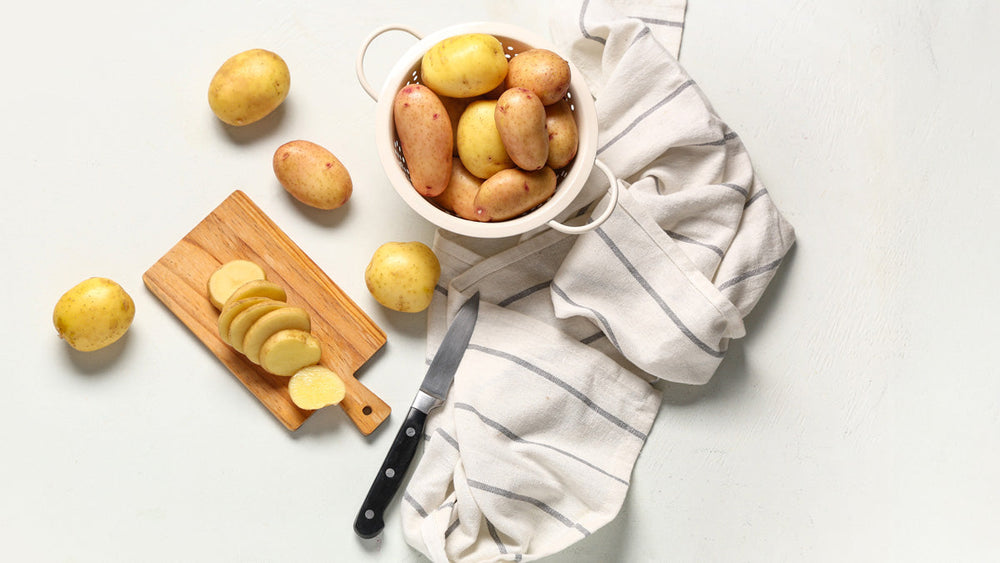

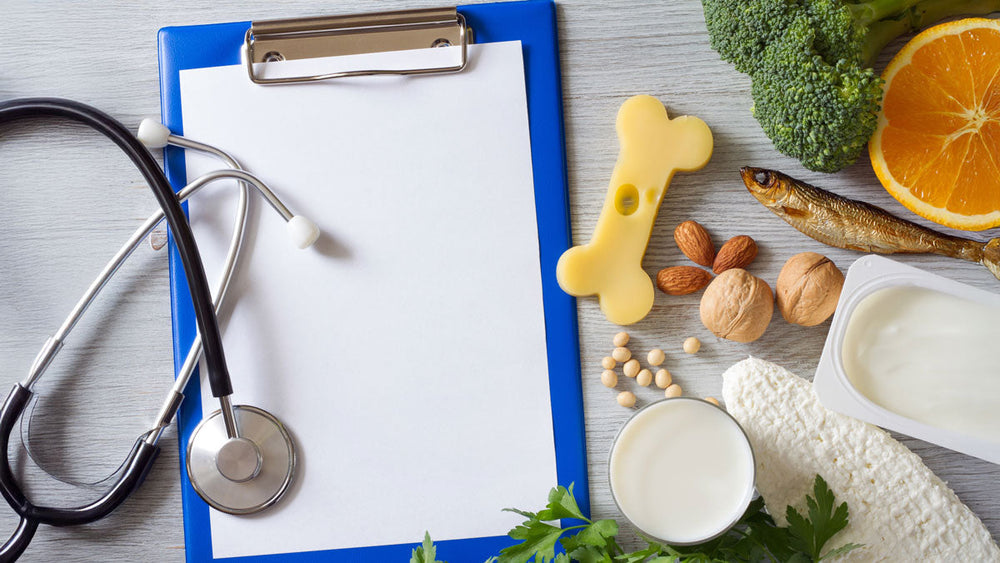






Comments
Andy [ article author]
07/08/2024 at 01:12 PM
To Sue above
You’d be looking at a total of 3-3.5 grams of spices per day to replicate the values that are studied to have a measurable effect on inflammation and the microbiome
Keep in mind that whatever your current herb/spice use if you ramp it up in a meaningful way in conjuction with other dietary changes you’re winning regardless!
Sue
07/05/2024 at 08:33 AM
When using spices, how much do we need to use in a recipe or take in during a day to have an effect?
Thanks
Join The Conversation...